January was a great month for us at browngrotta arts. The new year has brought forth even more spectacular art work into the fold, which we know you’re going to enjoy.
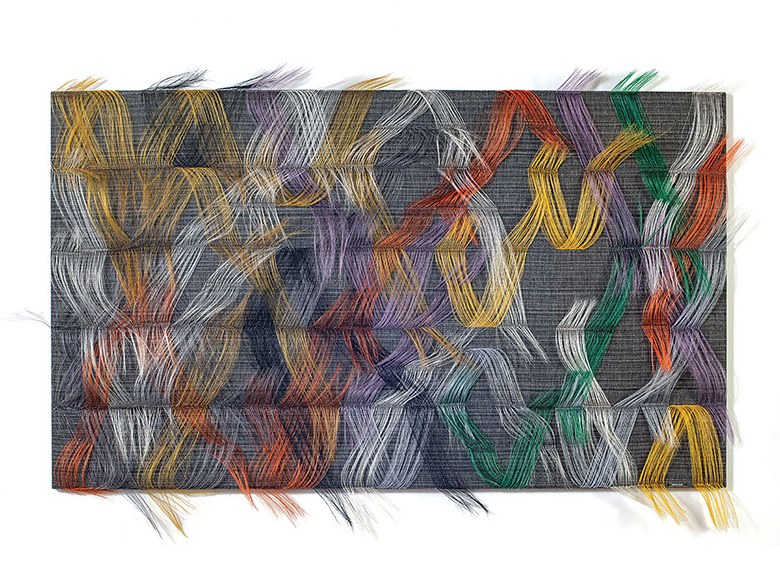
Marianne Kemp specializes in weaving with horsehair. She is passionate about exploring unconventional weaving techniques in her art. That passion, combined with her craftsmanship, is clearly visible in the work she creates. Some, almost-mathematically precise, creations challenge viewers to become introverted and still. Other work is more extroverted and playful, displaying an exuberant cheerfulness. In either case, her work attracts the eye and stimulates an urge to touch (though you need to resist it!).
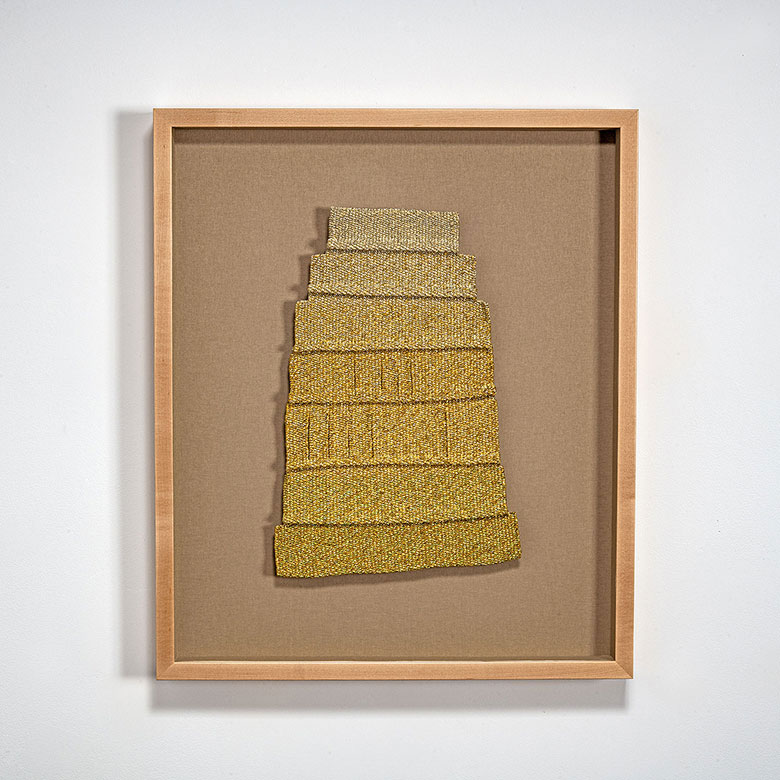
Canadian artist Micheline Beauchemin was a major figure in visual arts, best known for monumental tapestries and theatre curtains, as well as works of embroidery and stained glass, costumes and paintings. As a weaver, her repertoire of materials included unique combinations of hand-spun wool, silk and other natural fibers, as well as nylon, aluminum, and gold and silver threads. “I do not seek to represent the forest, pure joy or fear;” Beauchemin has said, “[ ] I want my tapestries to be the forest, pure joy or fear.”
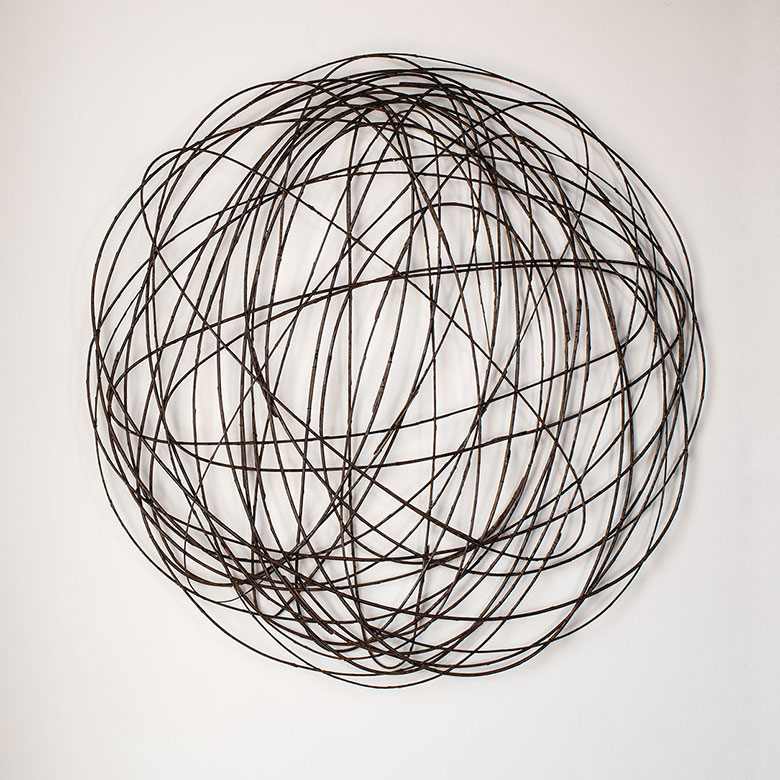
Says Lizzie Farey about her work, “I have a fascination with living things and natural form. For me, willow has become a medium for an interaction with nature that is deeply personal. Using willow, birch, heather, bog myrtle and many other locally grown woods, my work ranges form traditional to organic sculptural forms.”
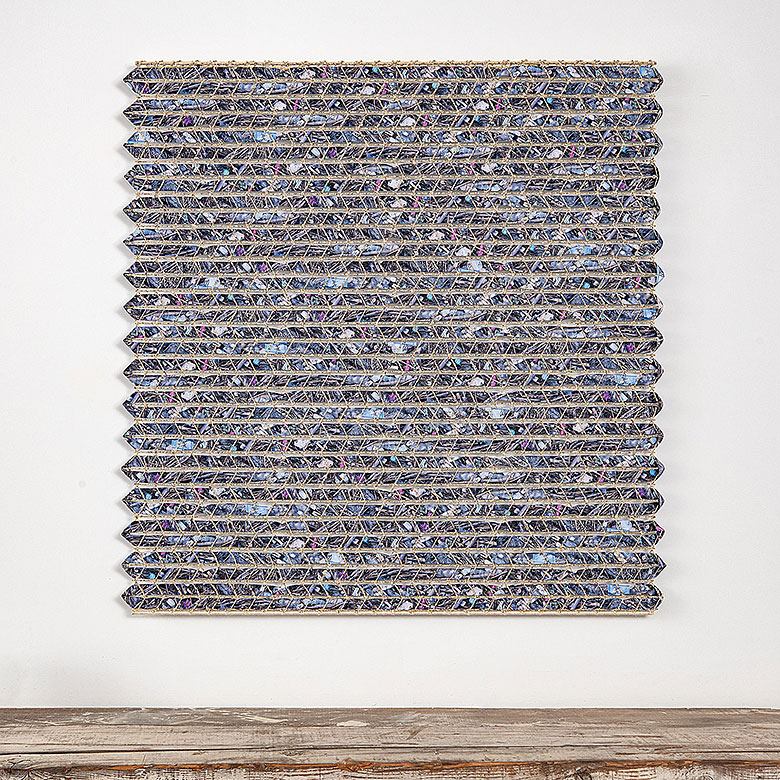
Keiji Nio‘s interlaced wall work is inspired by a haiku, Rough Sea of Sado, from Japanese haiku master Matsuo Basho. In it, Basho describes the deep blue waves of the Sea of Japan as they are reflected in the night sky and the light blue waves hitting the beach. The work incorporates ribbons on which Nio has screened images from the sea and tiny pebbles from the shore. Nio is a faculty member at the Kyoto University of Art & Design. He combines industrial and natural materials in his works to make statements about nature and man’s relationship to the world.

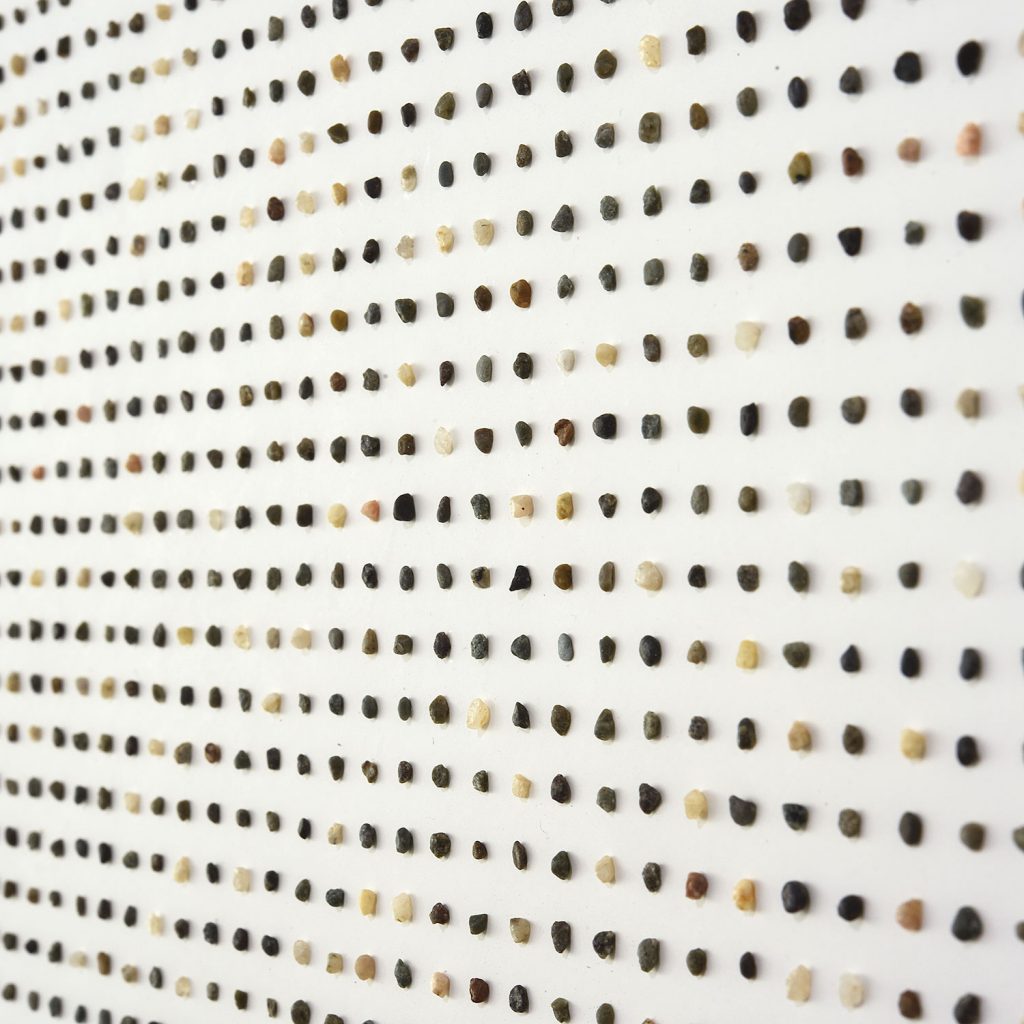
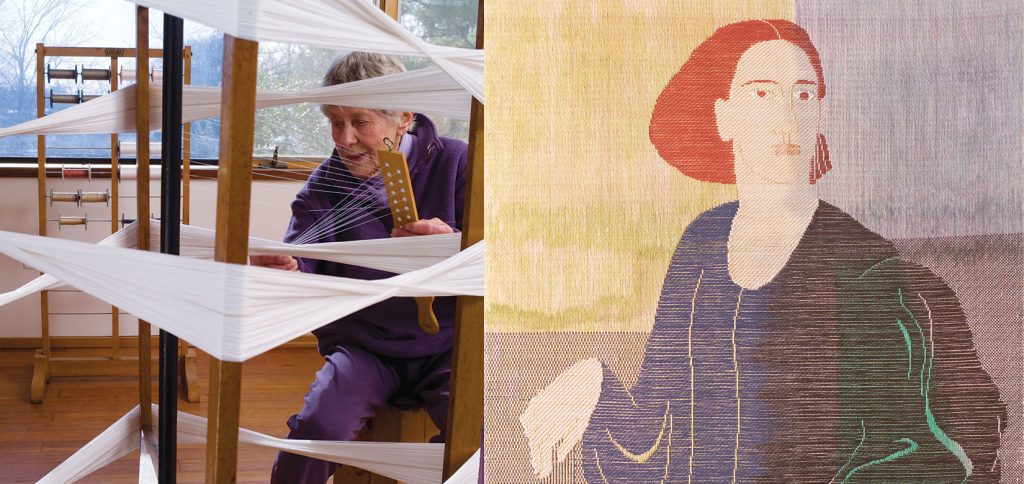
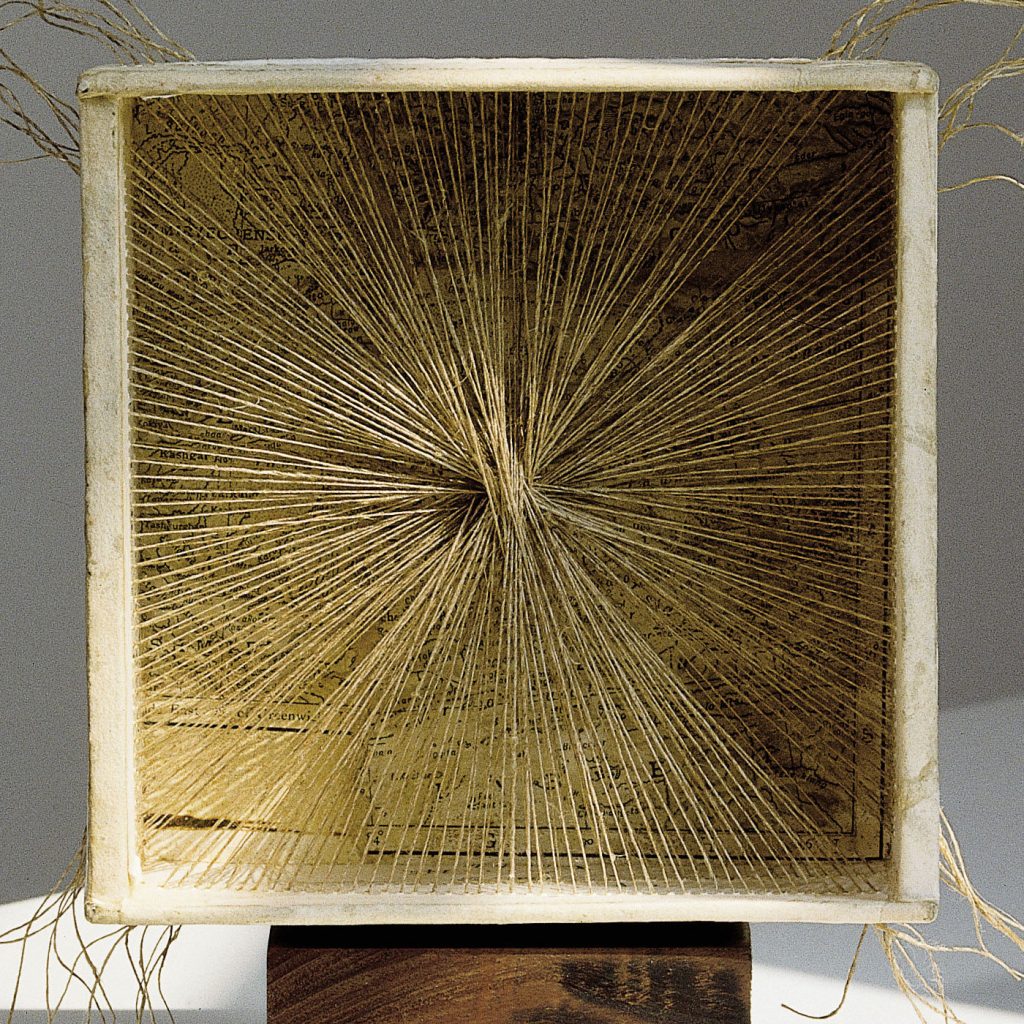
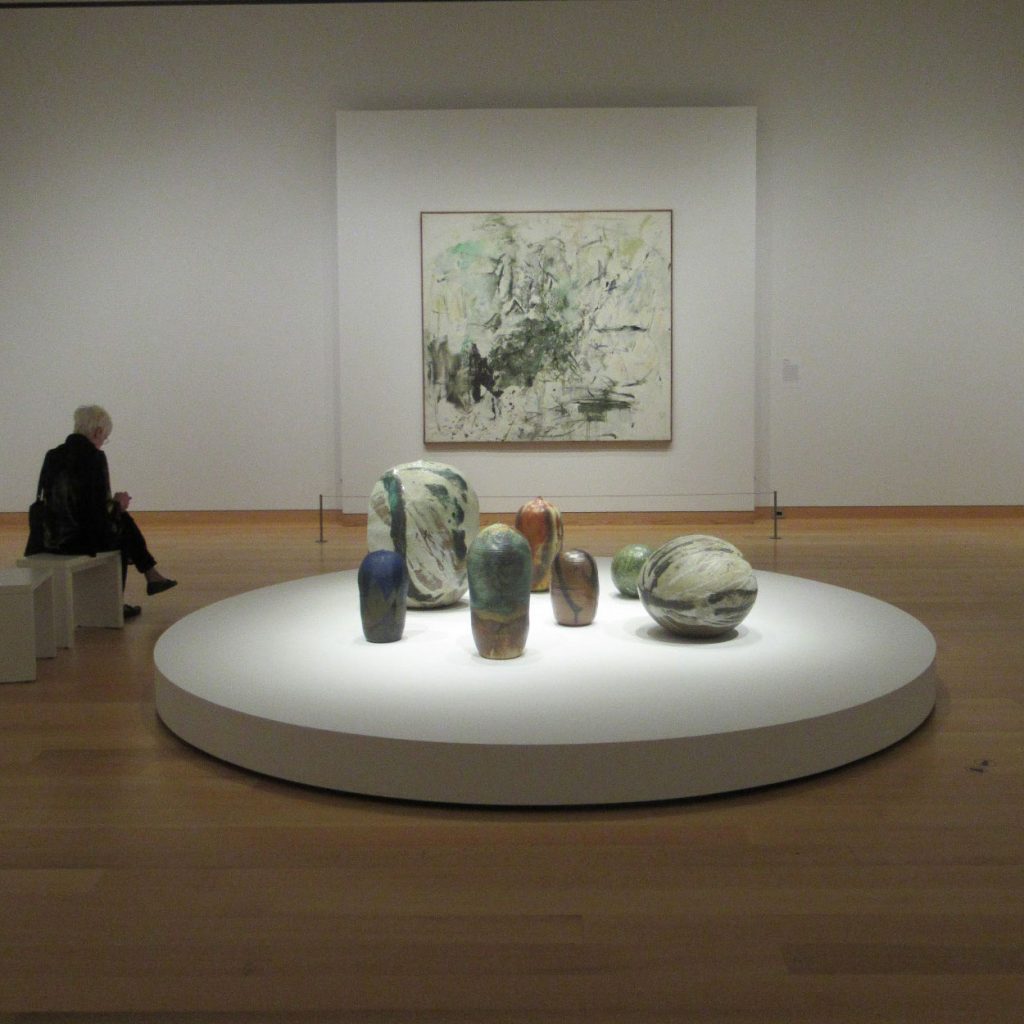
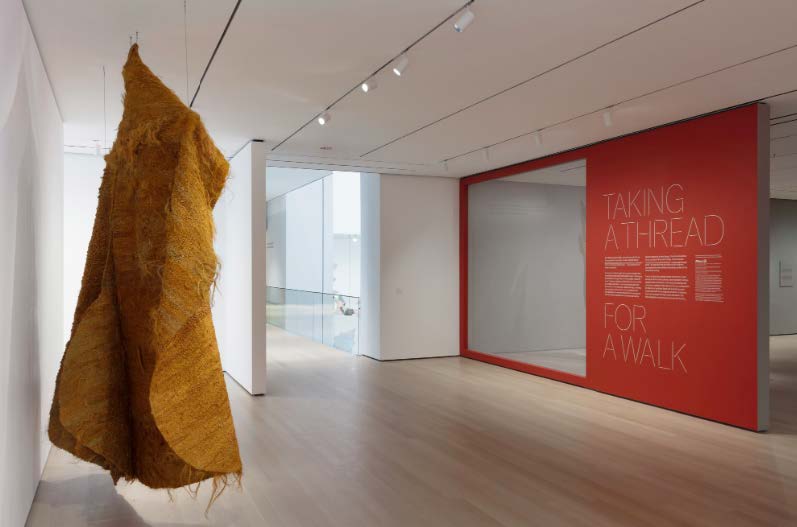
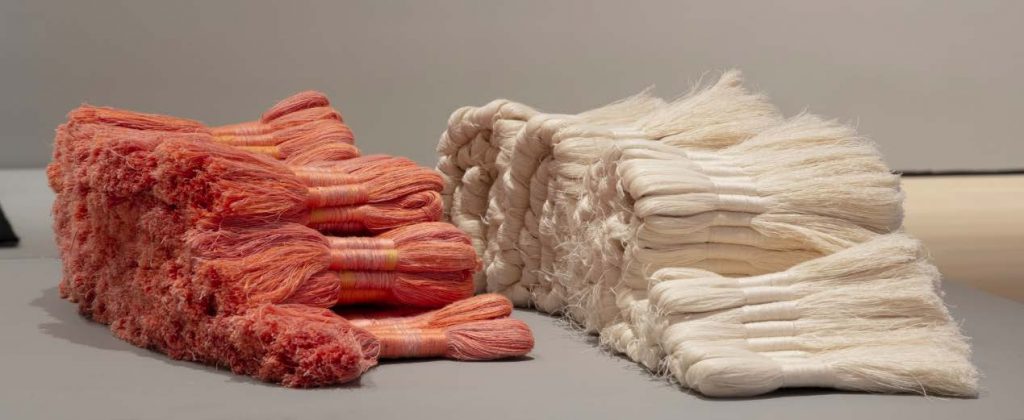
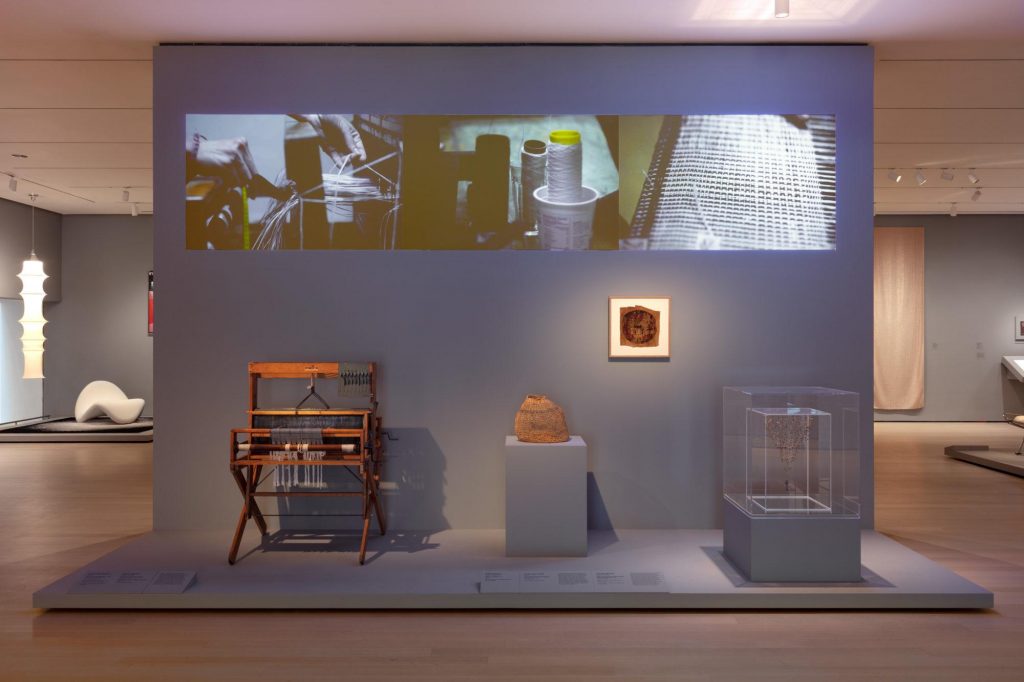
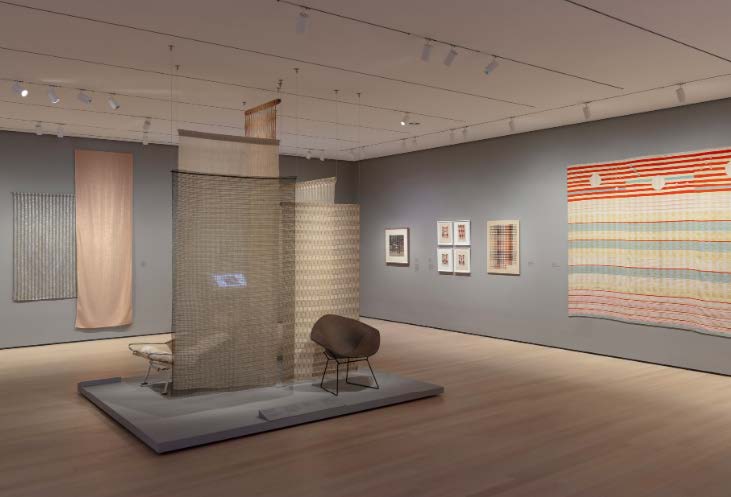
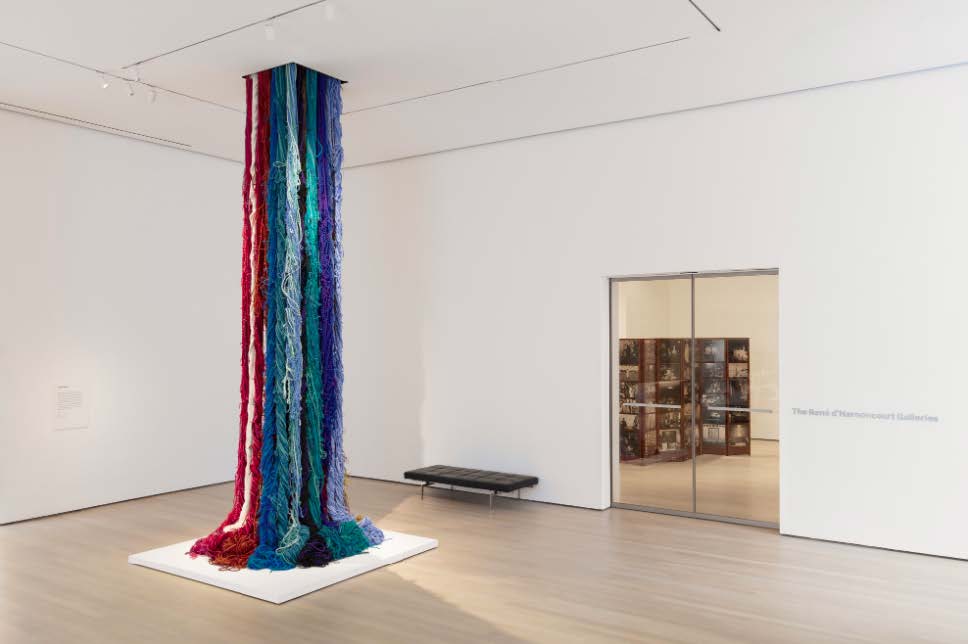
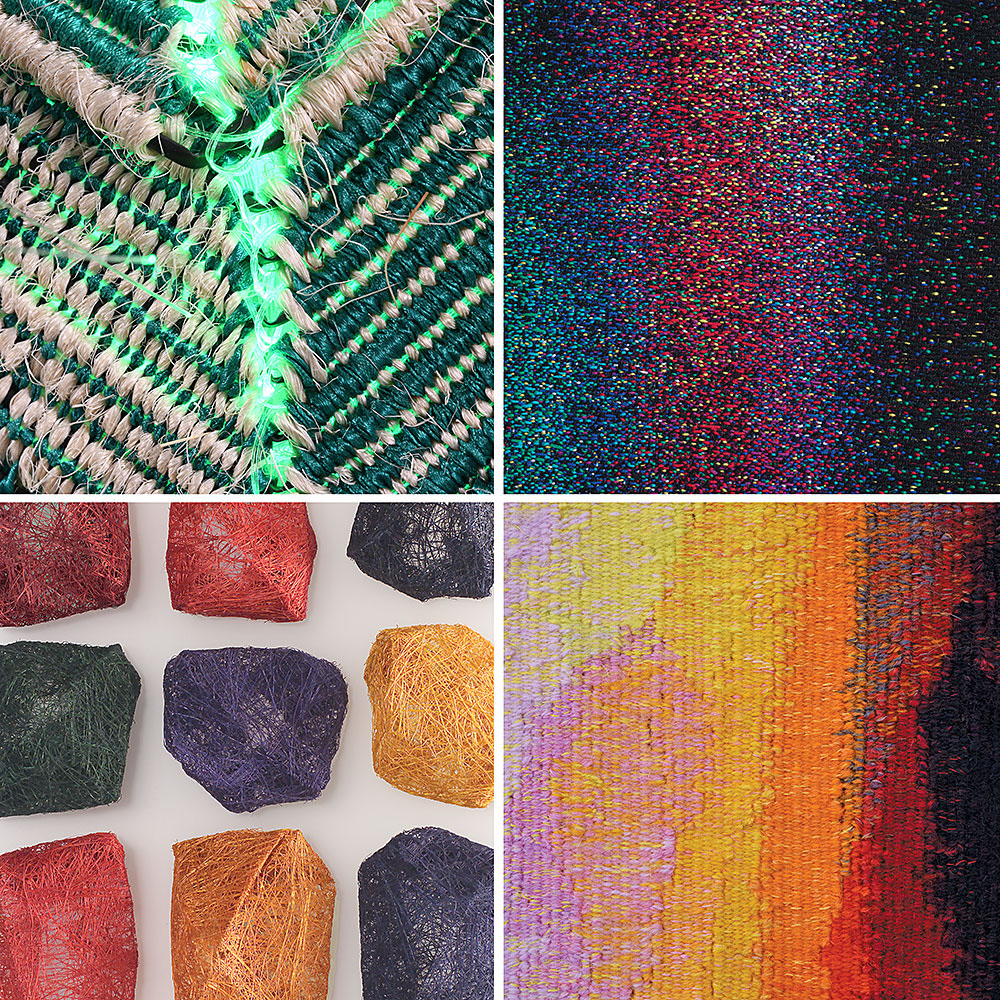
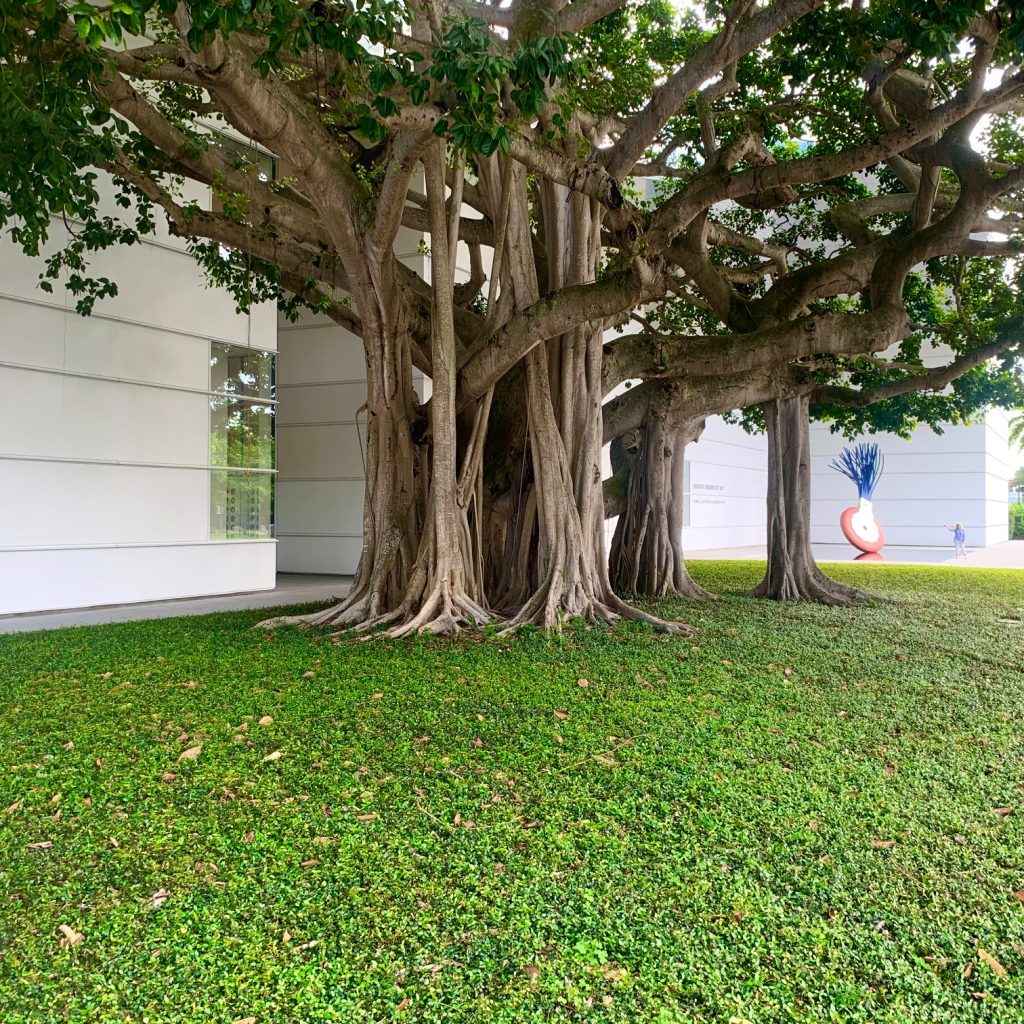
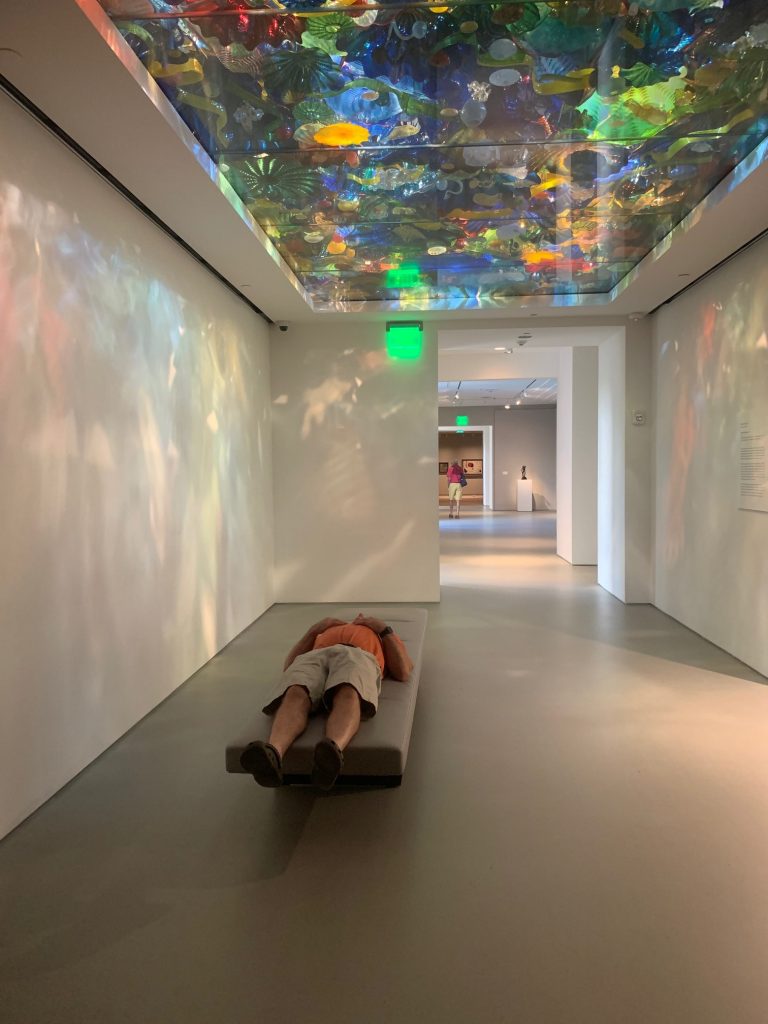
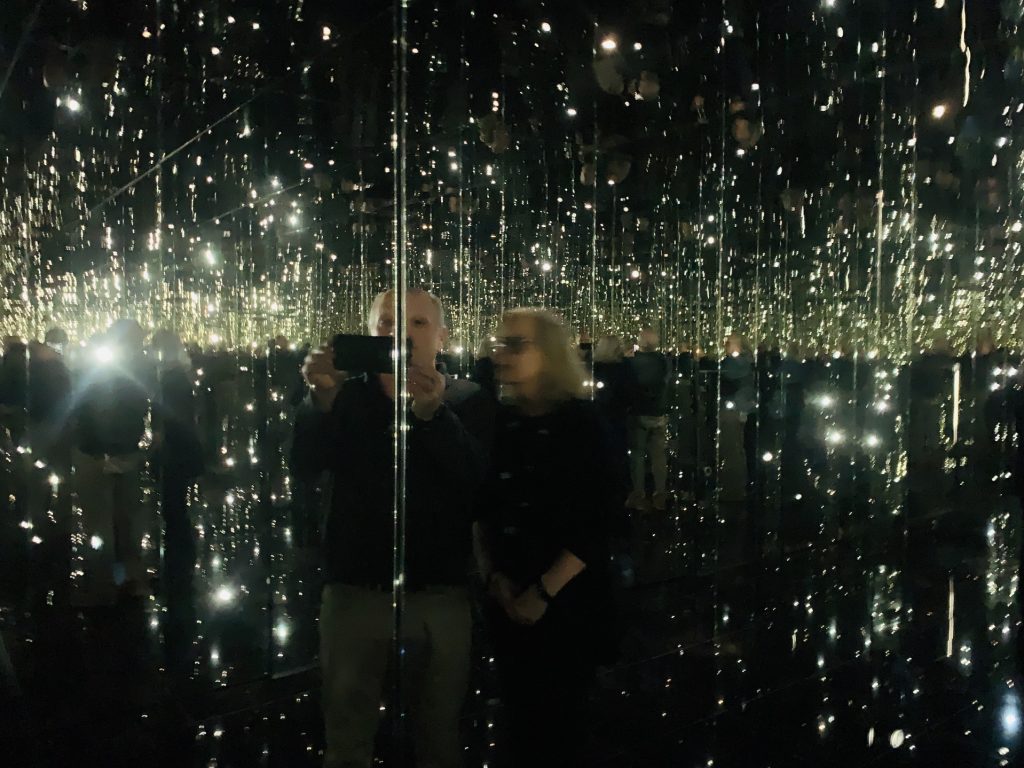
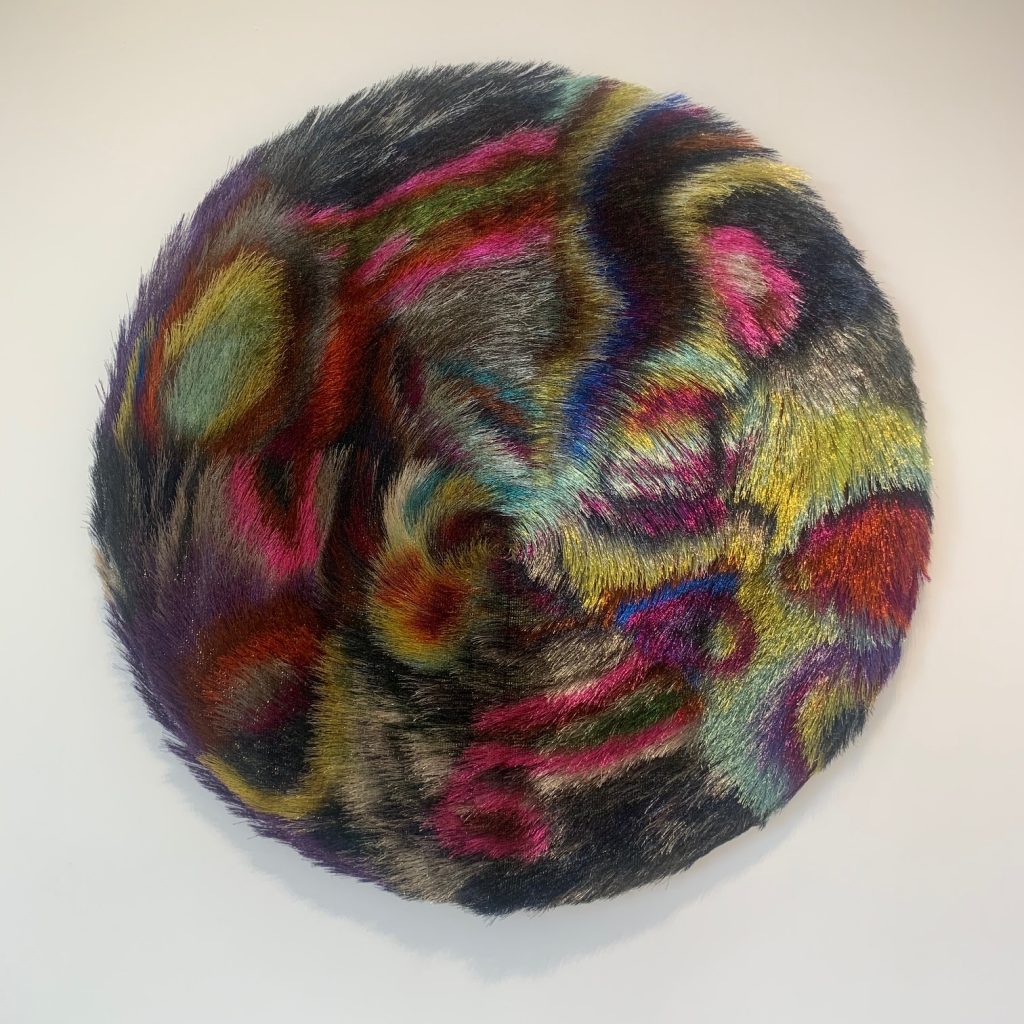
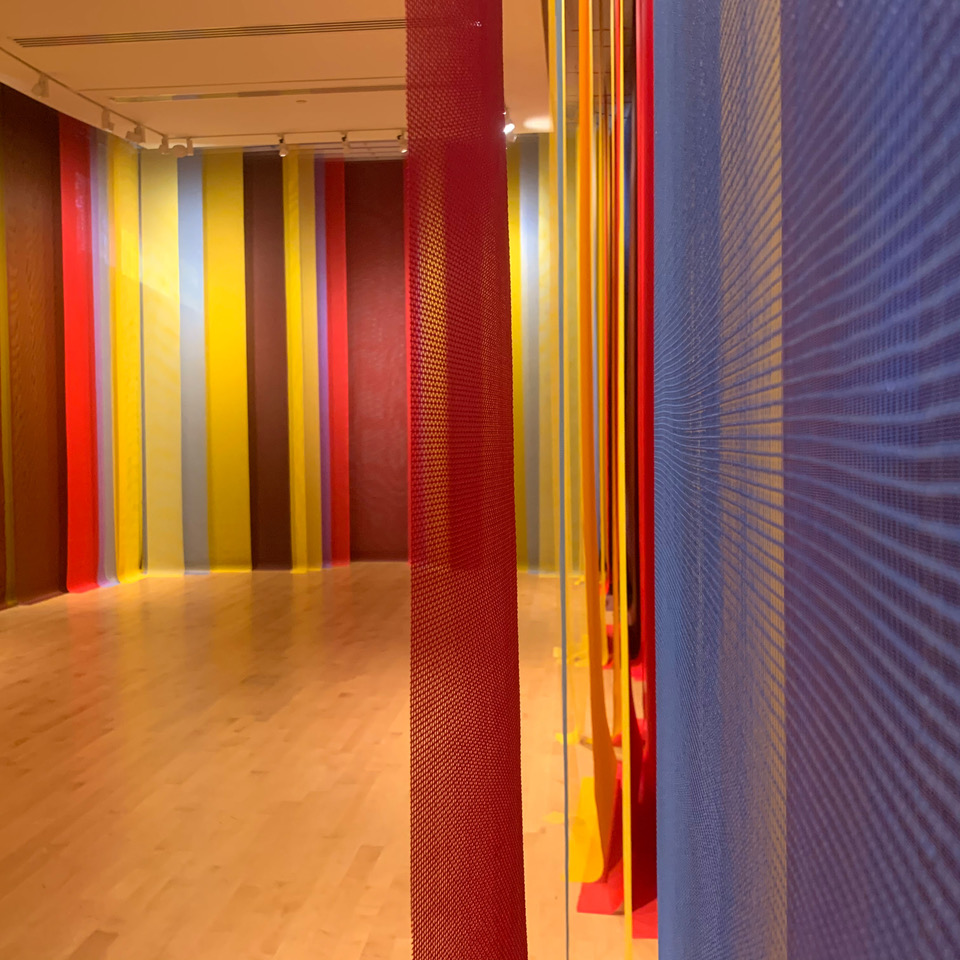
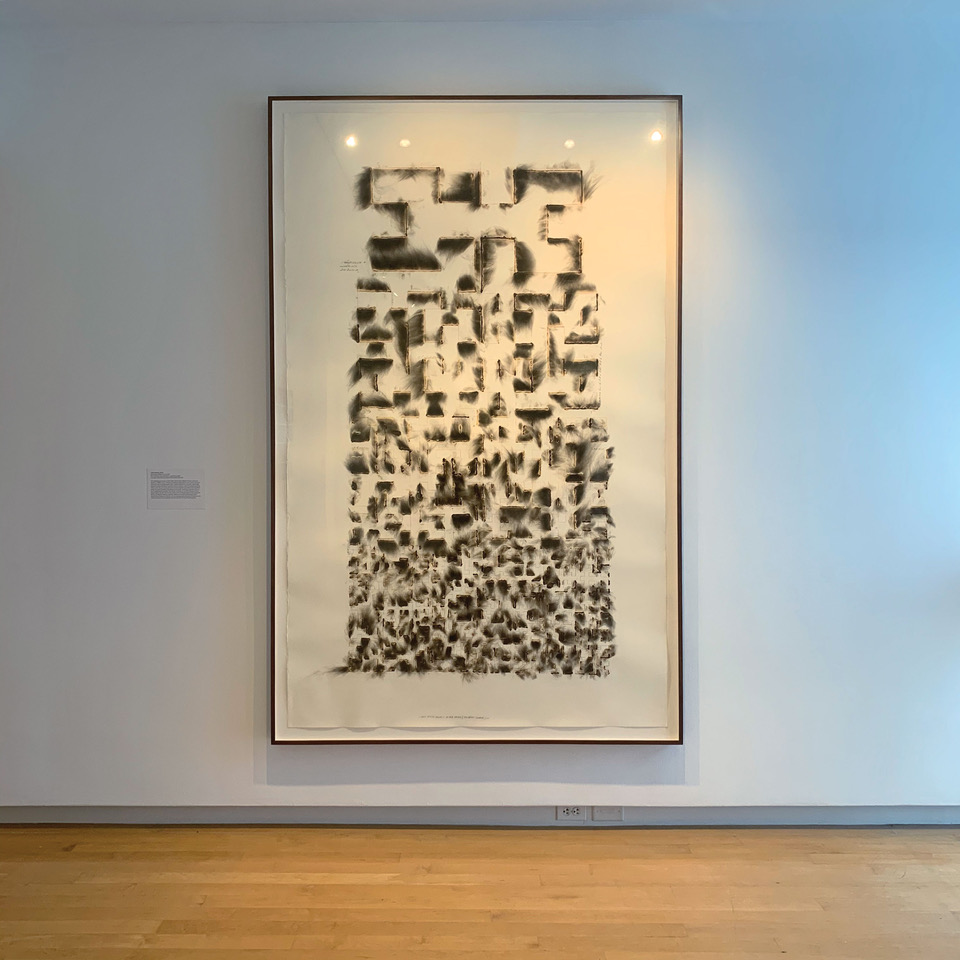
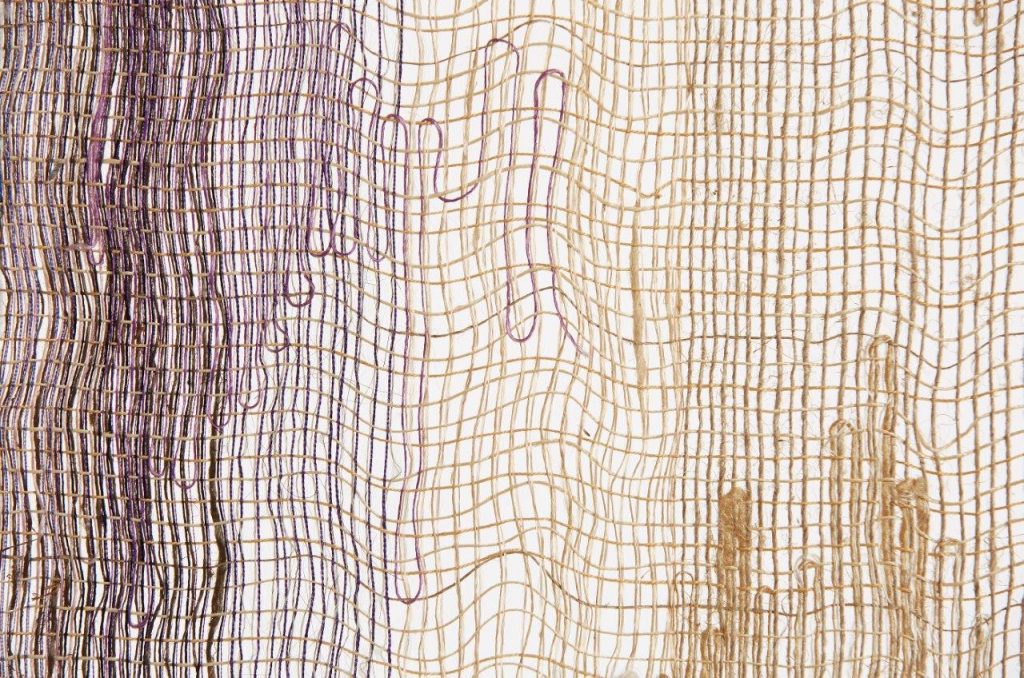
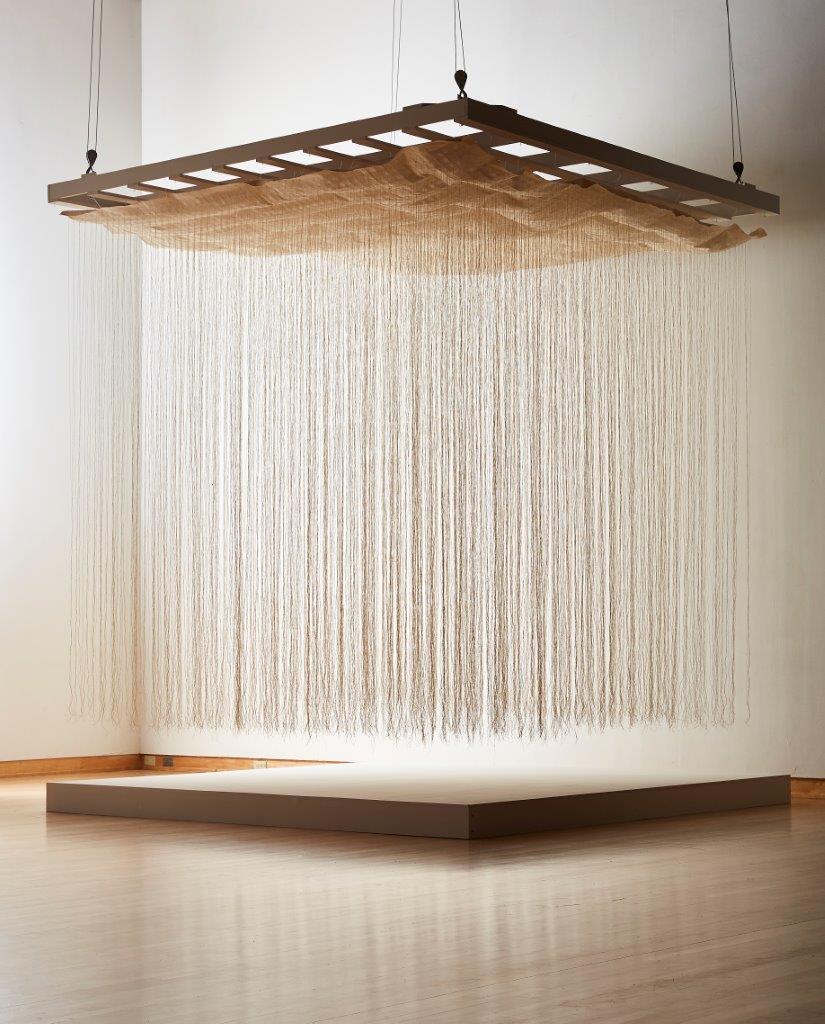
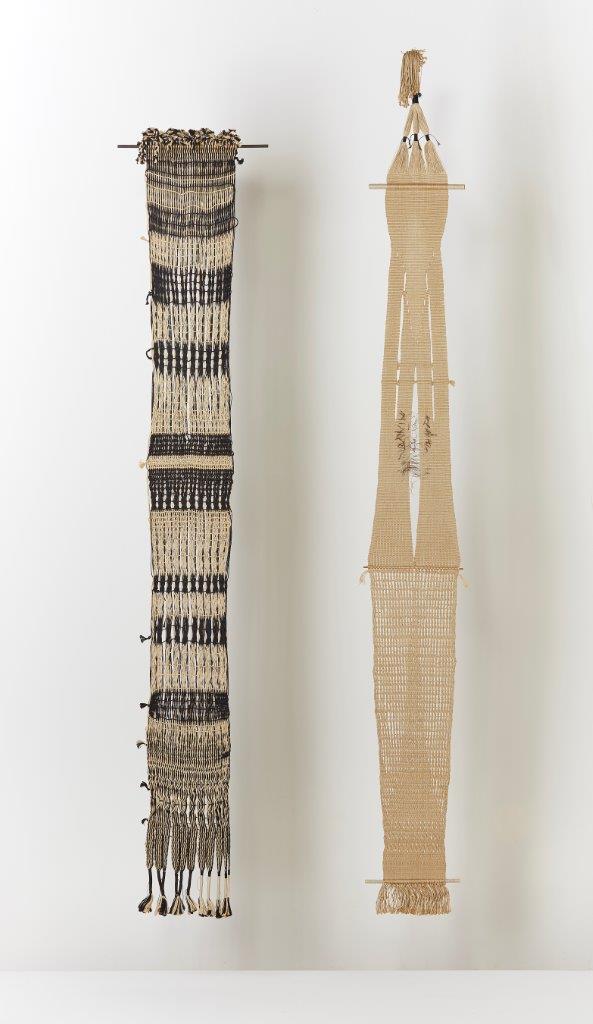
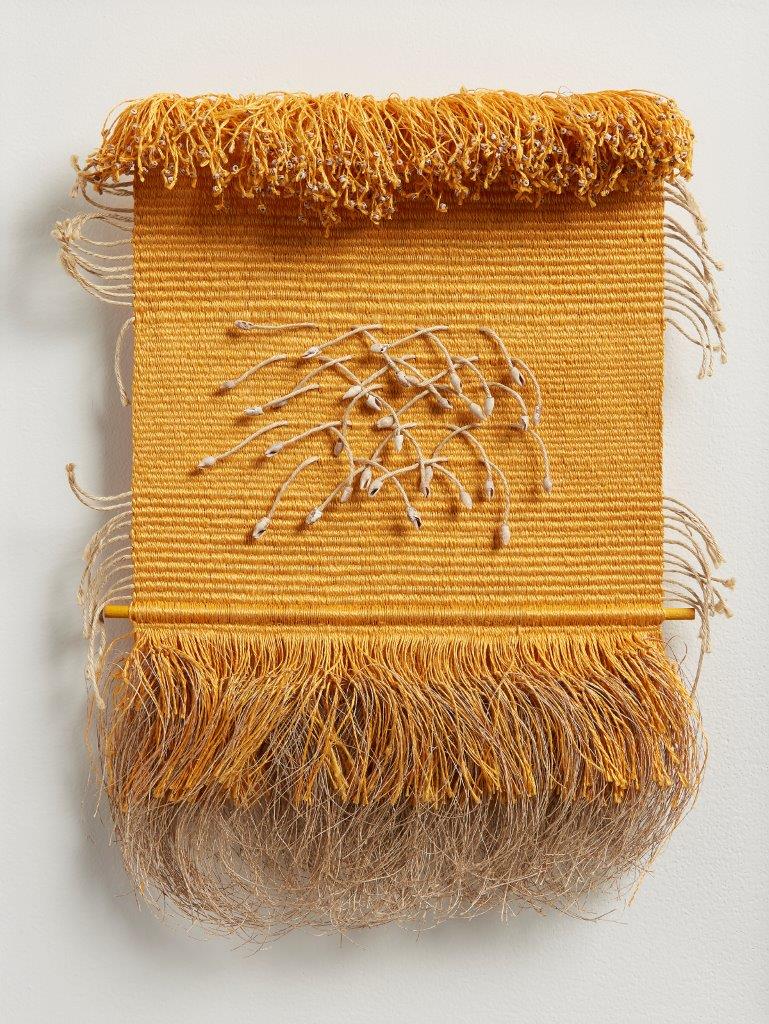

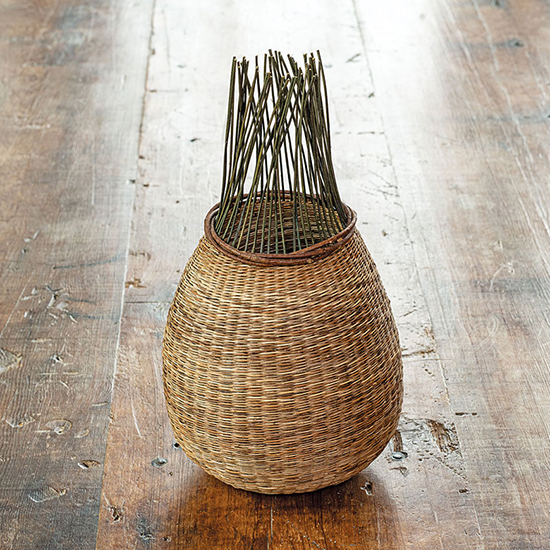

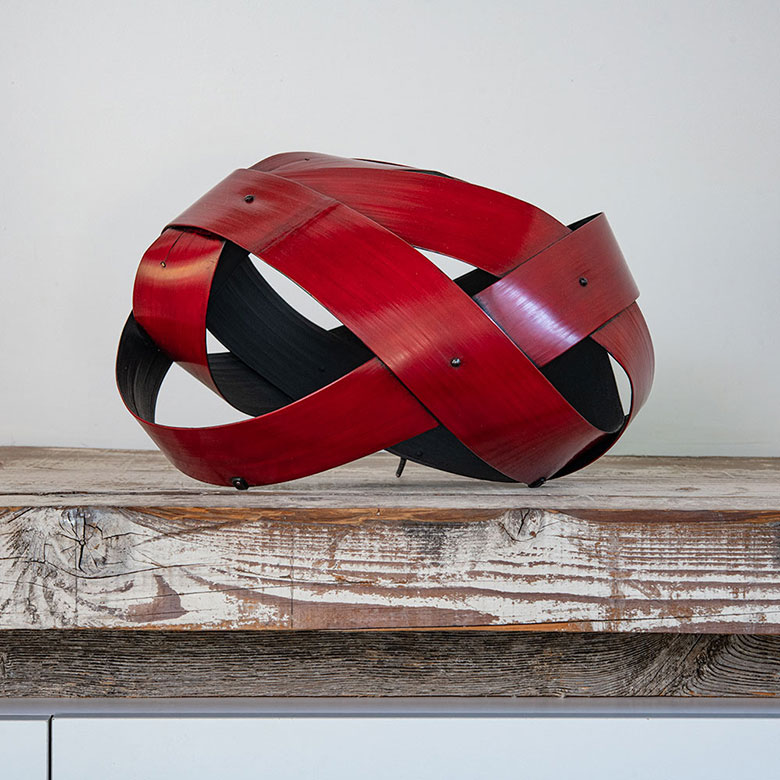
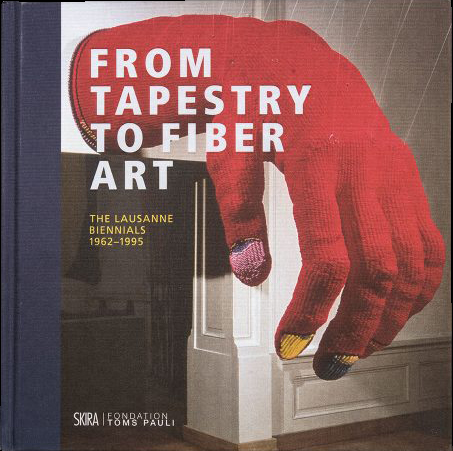
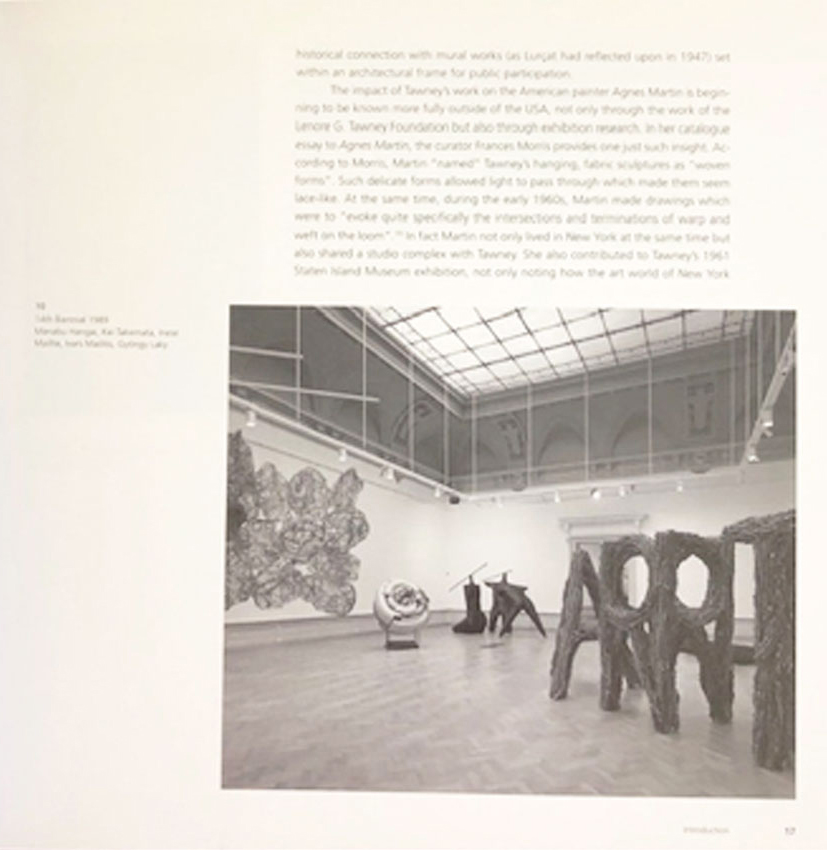
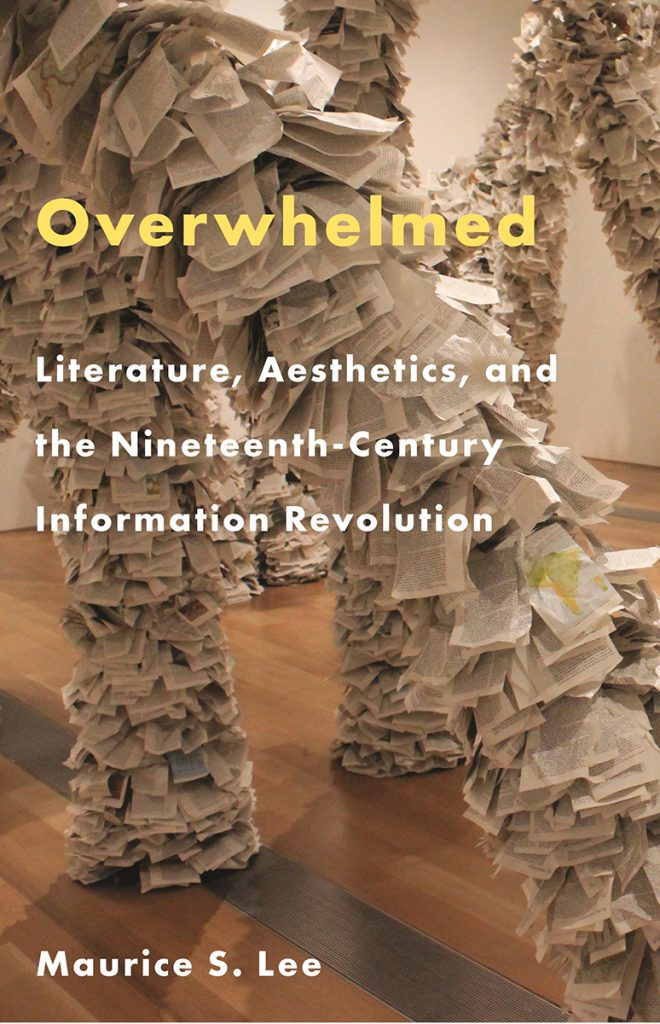
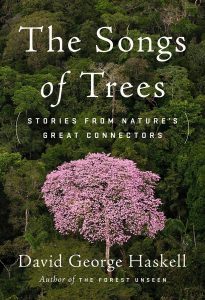
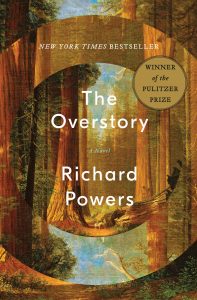
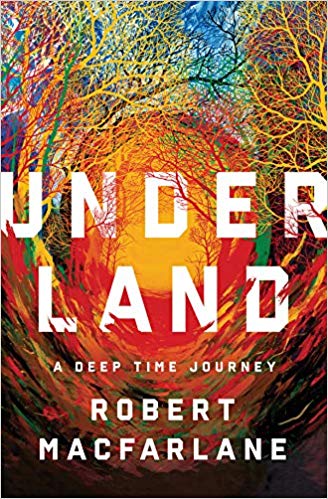
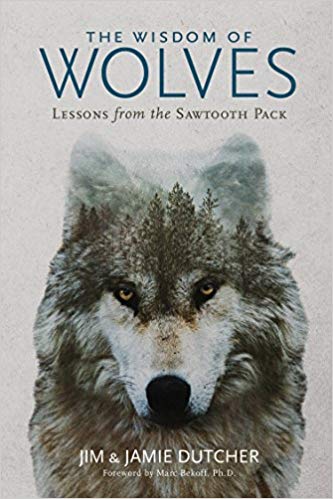
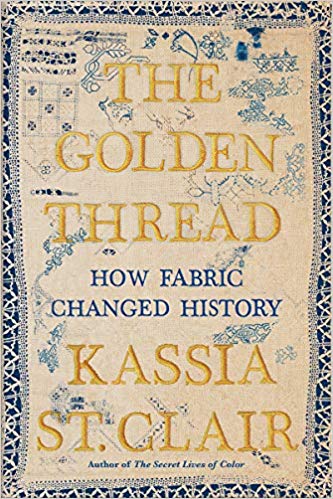
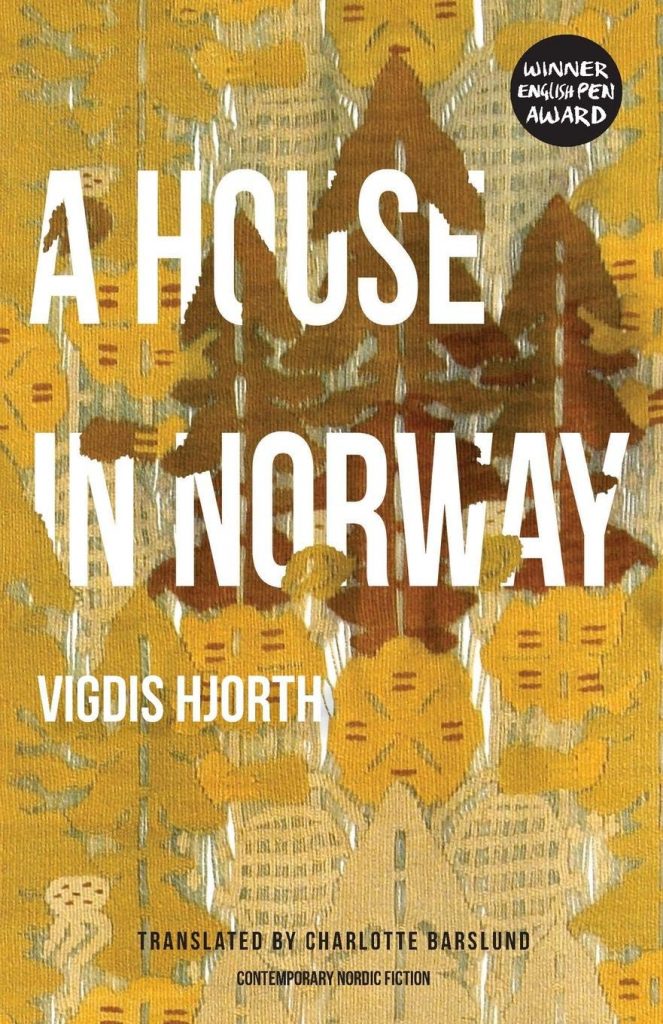
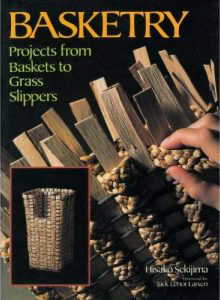
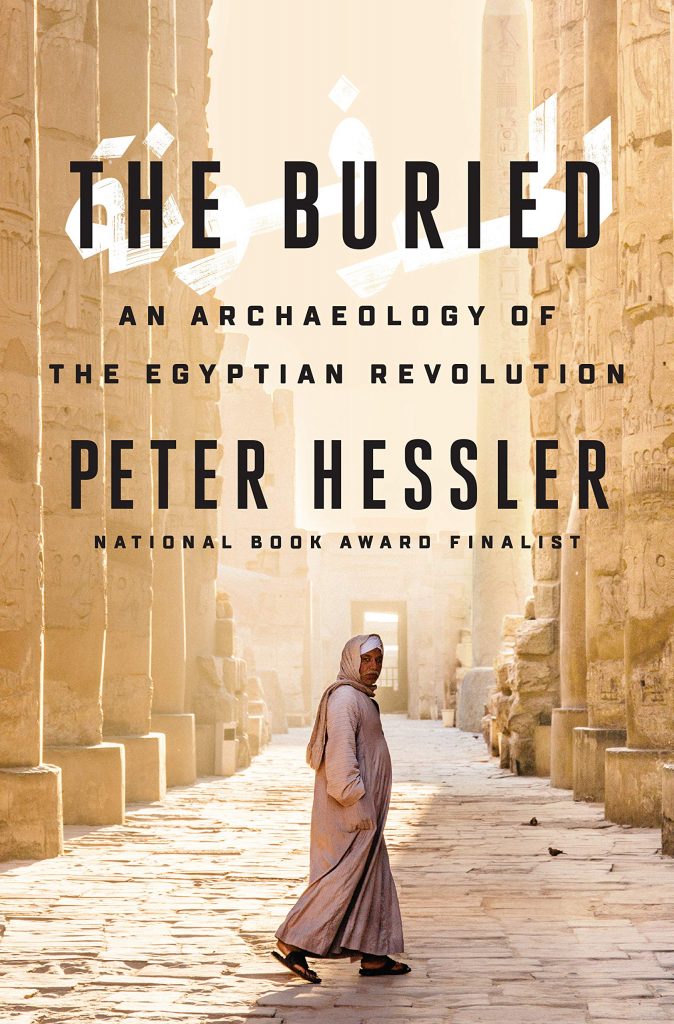
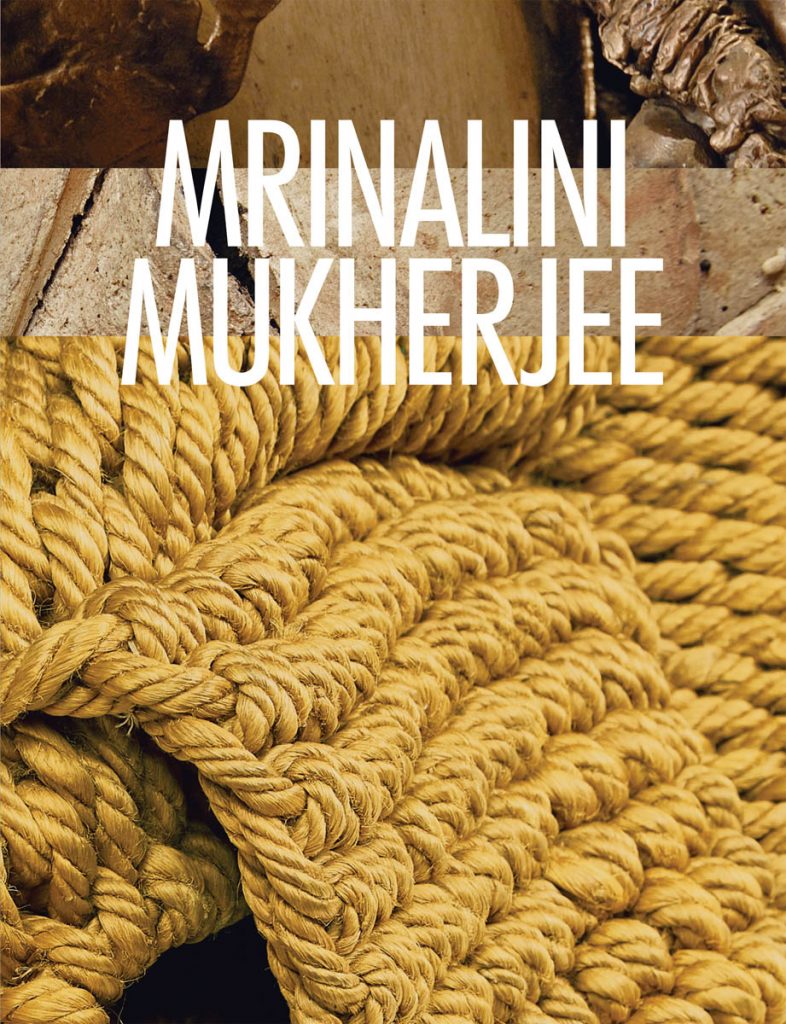
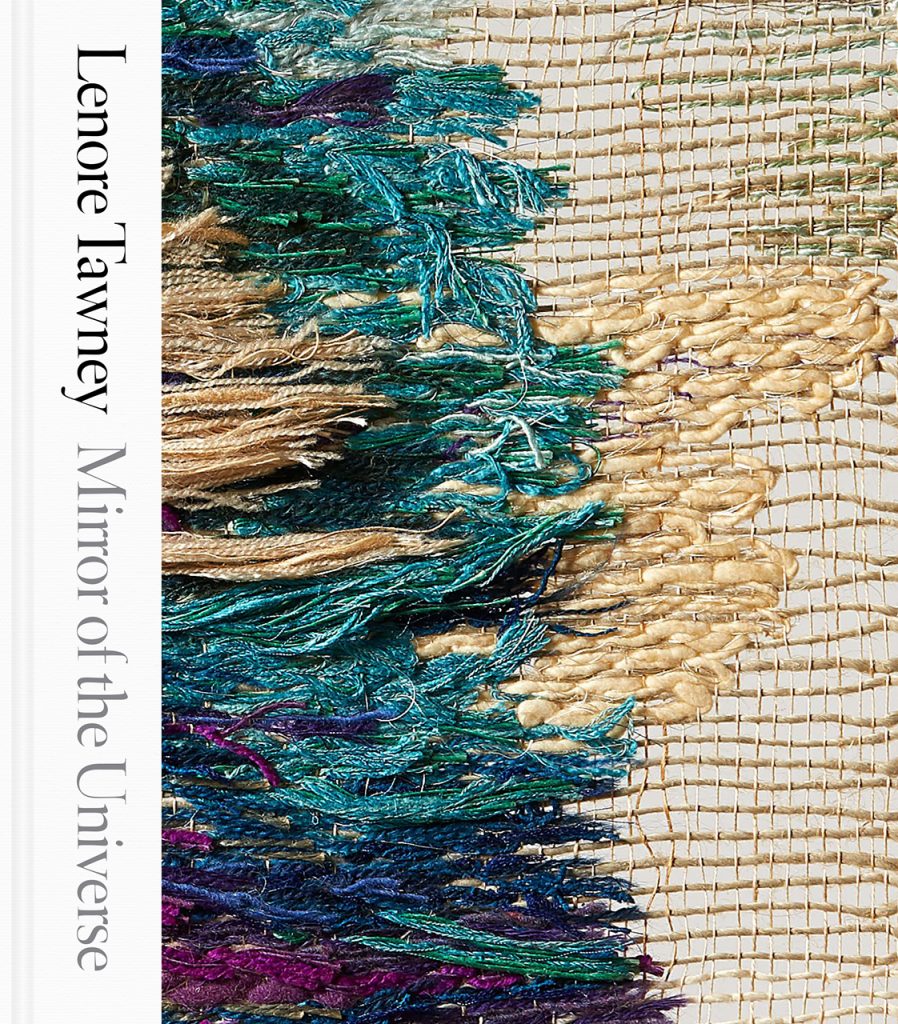
Art & Identity: A Sense of Place
In our 2019 Art in the Barn exhibition, we asked artists to address the theme of identity. In doing so, several of the participants in Art + Identity: an international view, wrote eloquently about places that have informed their work. For Mary Merkel-Hess, that place is the plains of Iowa, which viewers can feel when viewing her windblown, bladed shapes. A recent work made a vivid red orange was an homage to noted author, Willa Cather’s plains’ description, “the bush that burned with fire and was not consumed,” a view that Merkel-Hess says she has seen.
The late Micheline Beauchemin traveled extensively from her native Montreal. Europe, Asia, the Middle East, all influenced her work but depictions of the St. Lawrence River were a constant thread throughout her career. The river, “has always fascinated me,” she admitted, calling it, “a source of constant wonder” (Micheline Beauchemin, les éditions de passage, 2009). “Under a lemon yellow sky, this river, leaded at certain times, is inhabited in winter, with ice wings without shadows, fragile and stubborn, on which a thousand glittering lights change their colors in an apparent immobility.” To replicate these effects, she incorporated unexpected materials like glass, aluminum and acrylic blocks that glitter and reflect light and metallic threads to translate light of frost and ice.
Mérida, Venezuela, the place they live, and can always come back to, has been a primary influence on Eduardo Portillo’s and Maria Davila’s way of thinking, life and work. Its geography and people have given them a strong sense of place. Mérida is deep in the Andes Mountains, and the artists have been exploring this countryside for years. Centuries-old switchback trails or “chains” that historically helped to divide farms and provide a mountain path for farm animals have recently provided inspiration and the theme for a body of work, entitled Within the Mountains. Nebula, the first work from this group of textiles, is owned by the Cooper Hewitt Museum.
Birgit Birkkjaer’s Ode for the Ocean is composed of many small woven boxes with items from the sea — stones, shells, fossils and so on — on their lids. ” It started as a diary-project when we moved to the sea some years ago,” she explains. “We moved from an area with woods, and as I have always used materials from the place where I live and where I travel, it was obvious I needed now to draw sea-related elements into my art work.”
“I am born and raised in the Northeast,” says Polly Barton, “trained to weave in Japan, and have lived most of my life in the American Southwest. These disparate places find connection in the woven fabric that is my art, the internal reflections of landscape.” In works like Continuum i, ii, iii, Barton uses woven ikat as her “paintbrush,” to study native Southwestern sandstone. Nature’s shifting elements etched into the stone’s layered fascia reveal the bands of time. “Likewise, in threads dyed and woven, my essence is set in stone.”
For Paul Furneaux, geographic influences are varied, including time spent in Mexico, at Norwegian fjords and then, Japan, where he studied Japanese woodblock, Mokuhanga “After a workshop in Tokyo,” he writes, “I found myself in a beautful hidden-away park that I had found when I first studied there, soft cherry blossom interspersed with brutal modern architecture. When I returned to Scotland, I had forms made for me in tulip wood that I sealed and painted white. I spaced them on the wall, trying to recapture the moment. The forms say something about the architecture of those buildings but also imbue the soft sensual beauty of the trees, the park, the blossom, the soft evening light touching the sides of the harsh glass and concrete blocks.”